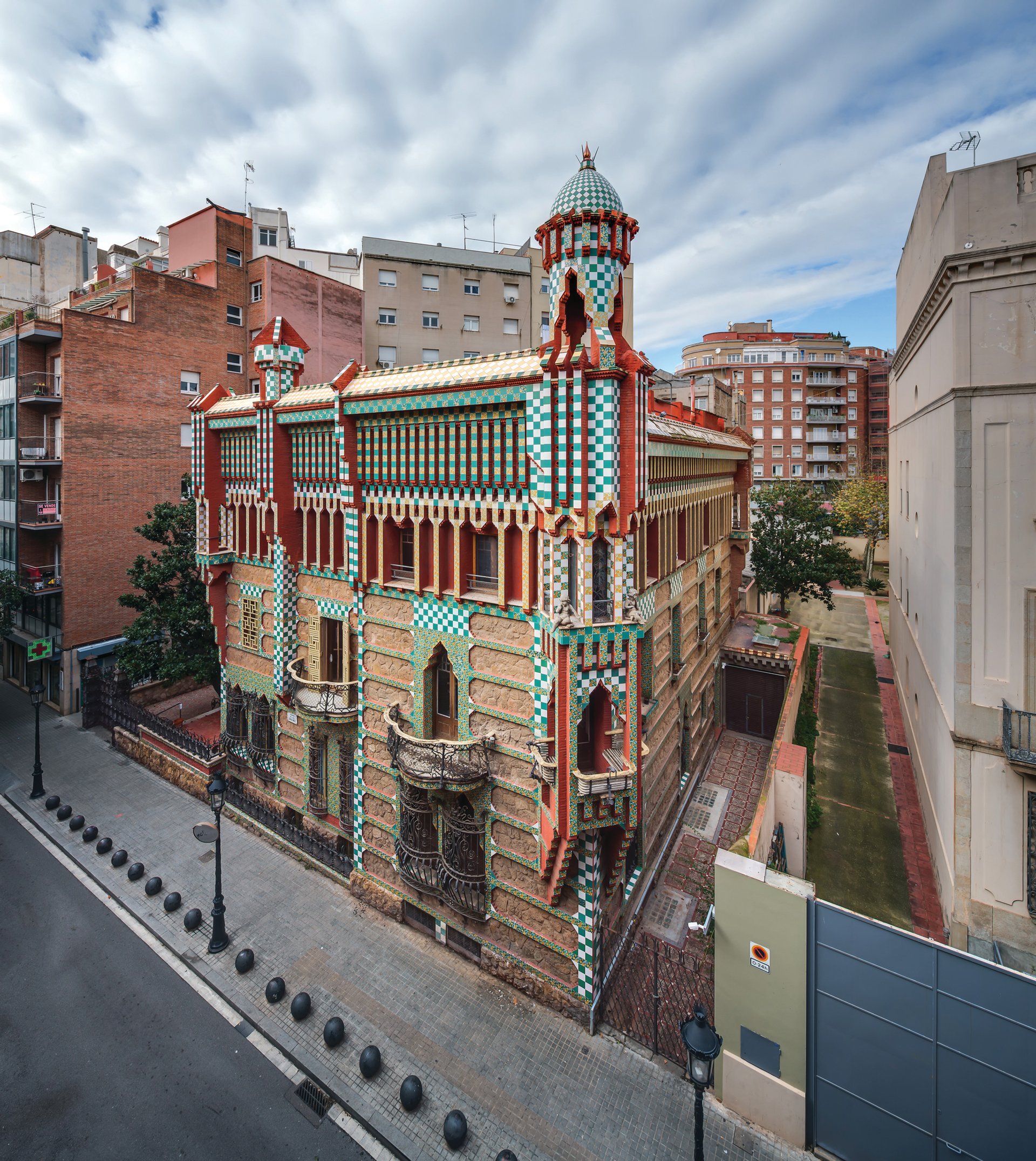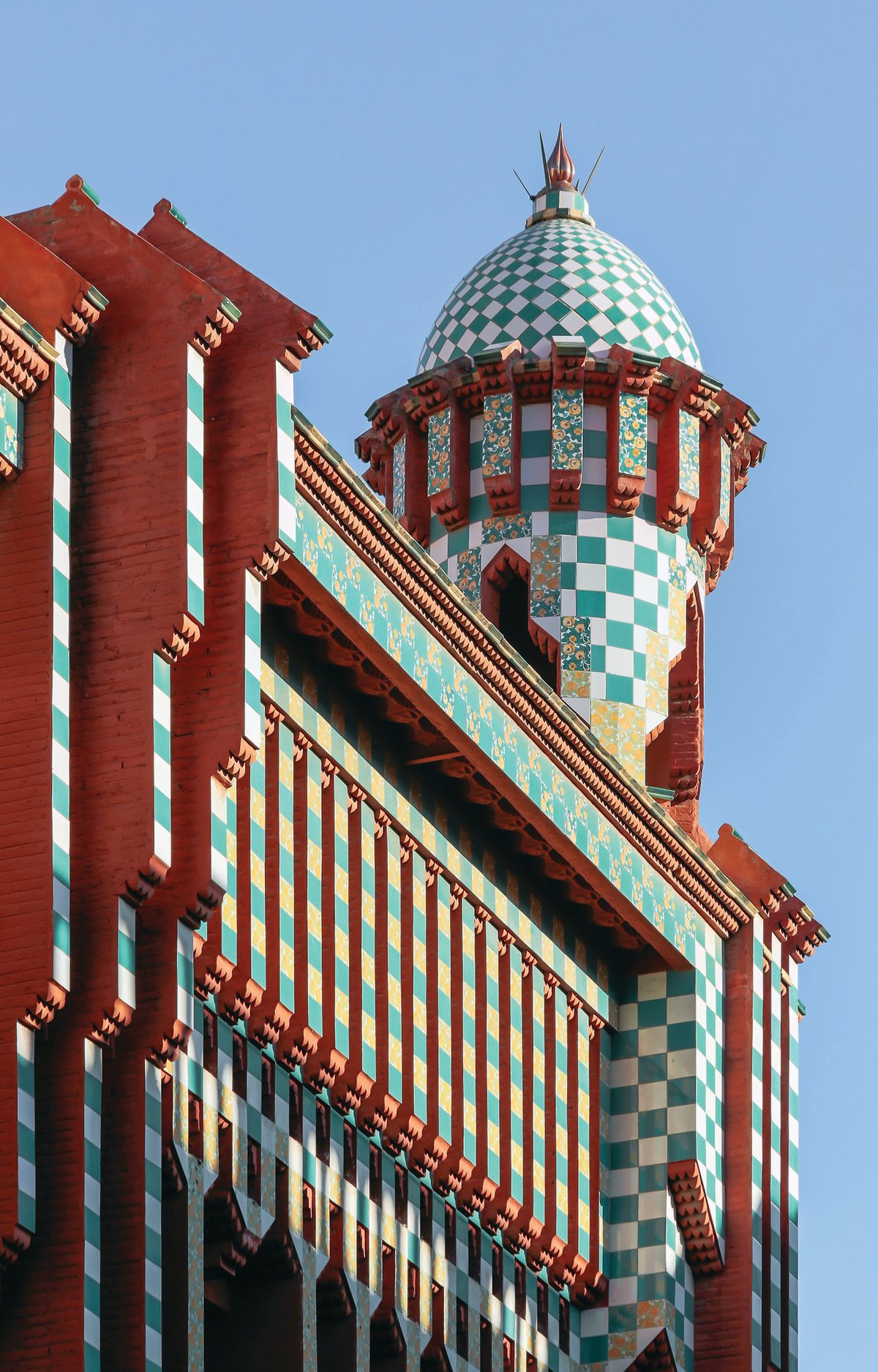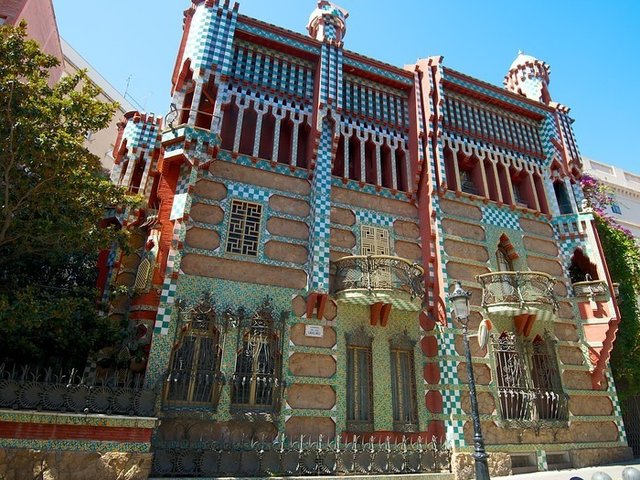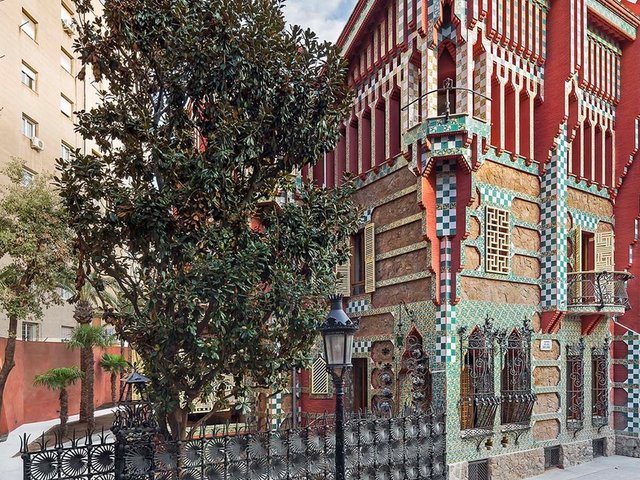In 1882, a young Antoni Gaudí—now considered one of Spain’s greatest architects—was shown a plot of scrubland filled with yellow zinnia flowers in the Gràcia district of Barcelona. There, he would build his first major commission: a private home for the stockbroker Manuel Vicens Montaner.
That house, completed in 1888, is due to open to the public in late 2017. “Casa Vicens is the first Gaudí masterpiece,” says Mercedes Mora, the executive manager of the €2.5m project. The house’s original layout, including the 15 rooms lavishly decorated by Gaudí, will be restored with input from the descendants of its original tenants. Mora and her team, including Joan Abellà, the former chief executive of the Museum of Contemporary Art in Barcelona, plan to add a permanent display on the history of the house and establish a temporary exhibition programme.

“It was one of the first buildings to usher in Modernisme in Catalonia and Art Nouveau around Europe,” Mora says of the Moorish-influenced house, which is one of seven Gaudí creations in or near Barcelona that are listed jointly as a Unesco World Heritage site. Until it was bought by Amura Capital, a subsidiary of the Andorran MoraBanc, in 2014, Casa Vicens had been home to the Herrero-Jover family for more than a century. (The family bought it directly from the Vicens in 1899.) Despite a few changes—most notably, selling off part of the Gaudí-designed garden—many of the building’s features were kept in good condition, Mora says.
Gaudi’s love of nature is visible everywhere in the house, from the stucco foliage ceilings to the menagerie of birds painted on the walls. The architect gave special attention to the native flora that he first encountered on the plot of land; the yellow zinnias reappear as decorative motifs on the tiles along the building’s exterior.




